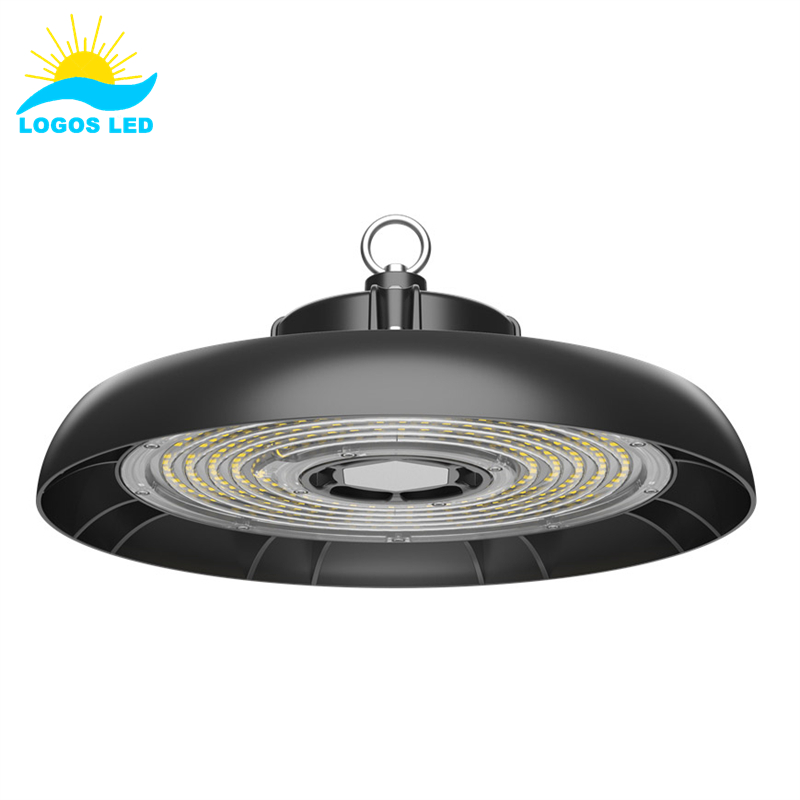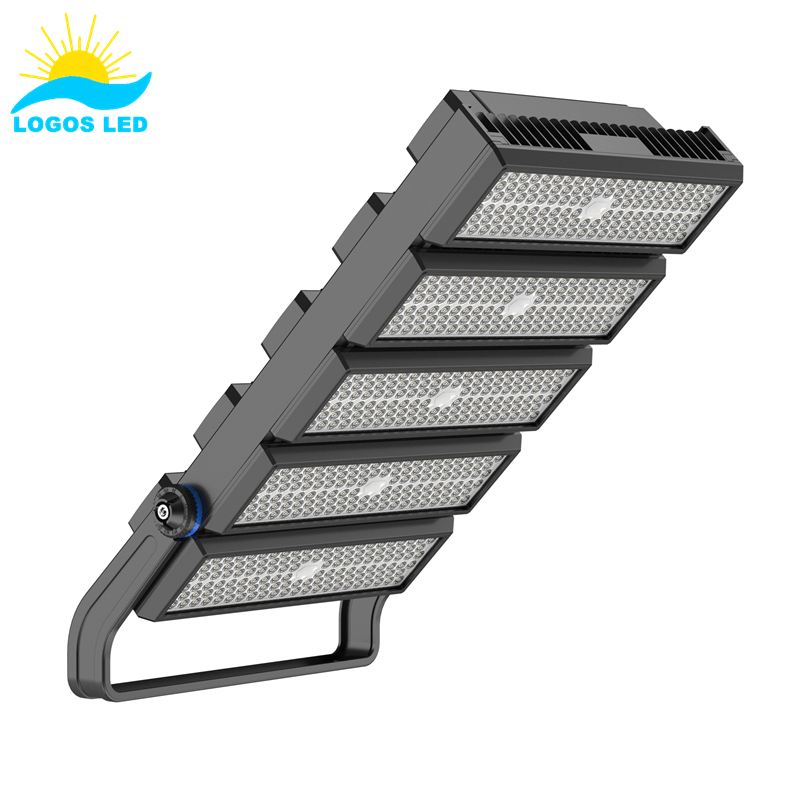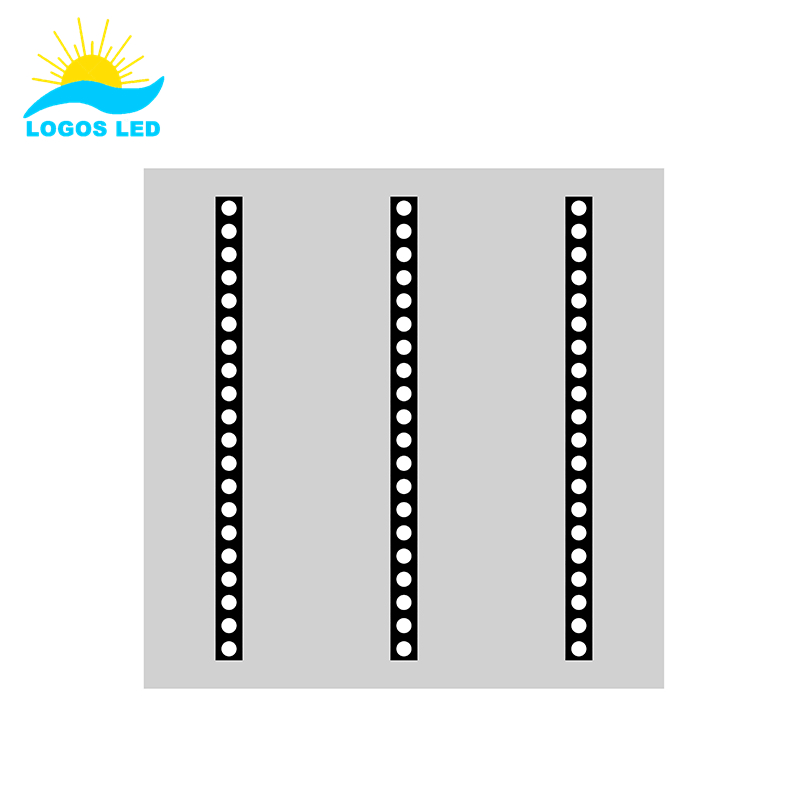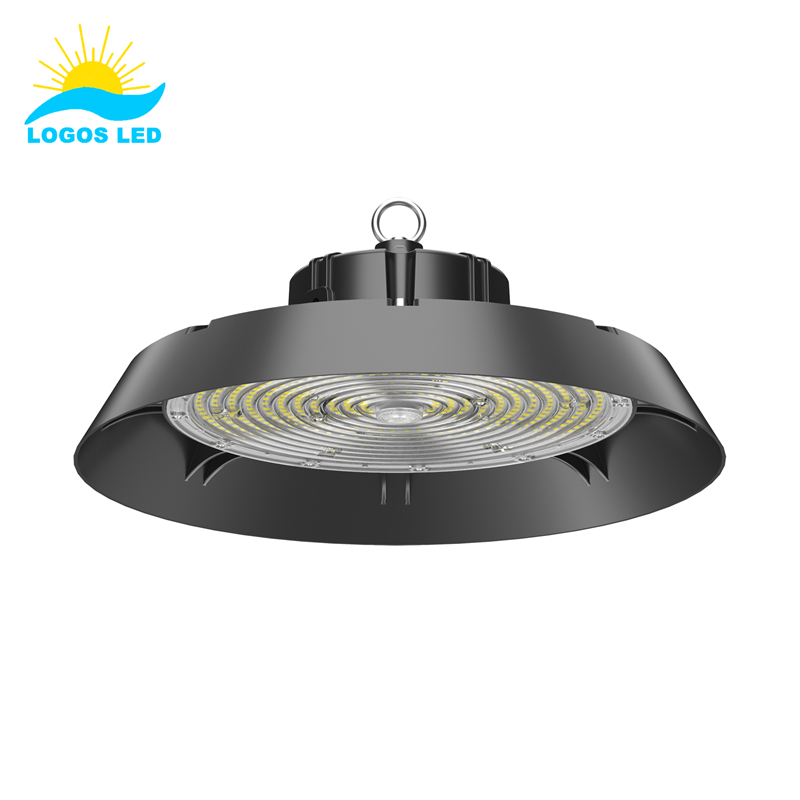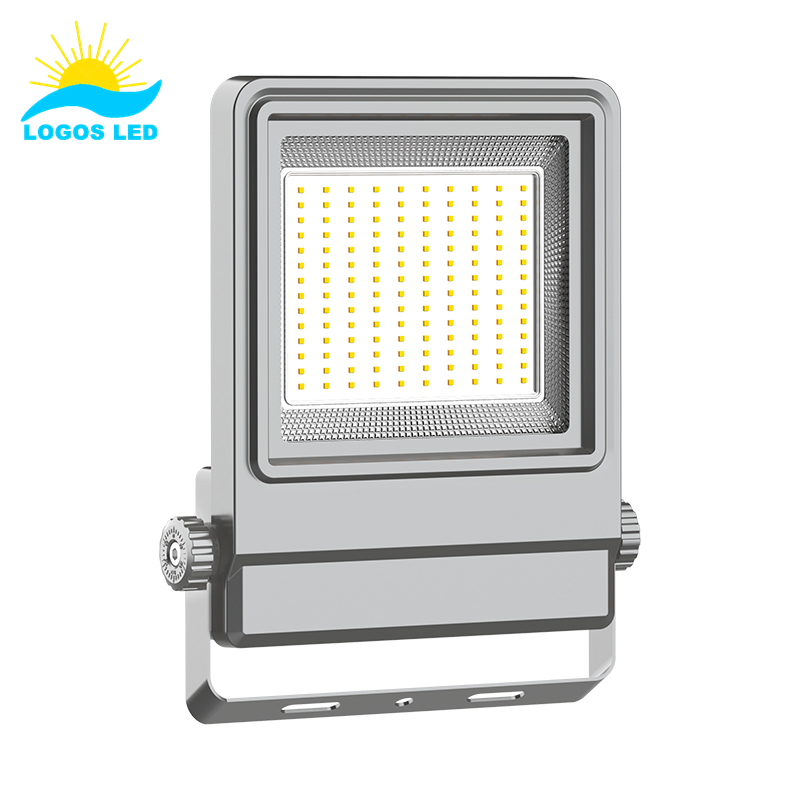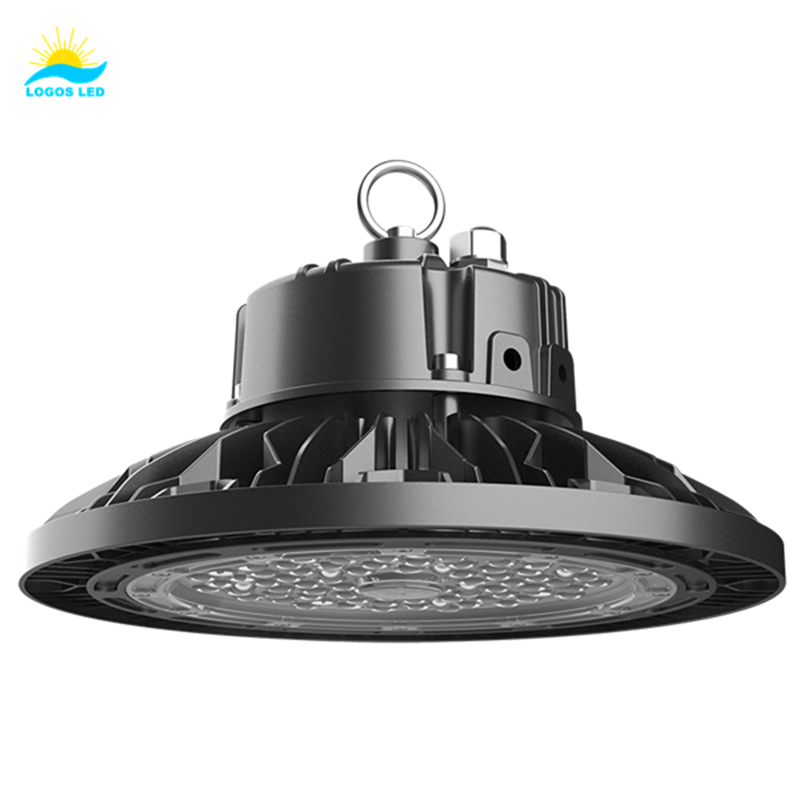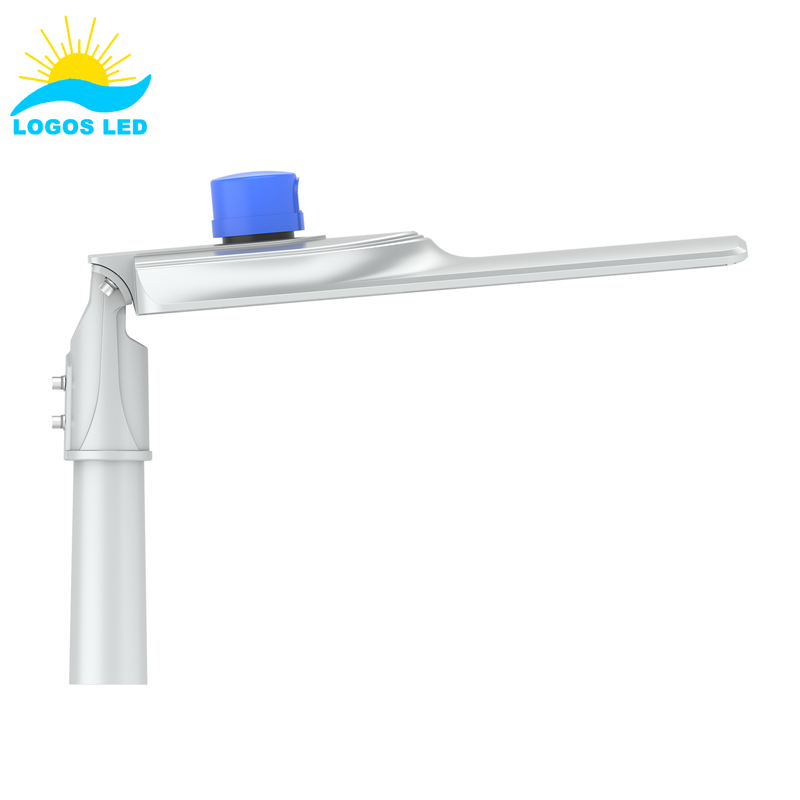Are you unsure about which light color temperature is best for your space? Choosing the wrong one can lead to discomfort, lower productivity, and make your environment feel off. But don’t worry! Understanding light color temperature can help you set the right mood and function for any space. In this article, we’ll walk you through the basics and help you make the best lighting choice for your needs.
Light color temperature, measured in Kelvin (K), defines the hue emitted by bulbs and fixtures. This affects both the atmosphere and functionality of your space. Lower Kelvin values (under 3,500K) create a warm, cozy atmosphere, ideal for relaxing spaces. Mid-range values (3,500K–4,500K) offer neutral light perfect for focus. Higher Kelvin values (above 4,500K) provide cool, energizing light, best suited for work areas. The right color temperature can influence mood, productivity, and even sleep quality.
Let’s dive deeper into how light color temperature affects your space and how to choose the right one.
Table of Contents
What Are Light Color Temperatures?
When choosing the right lighting for your space, understanding light color temperature is essential. But what exactly is “color temperature”? It’s the measurement of the hue emitted by a bulb or fixture, typically expressed in Kelvin (K). The color temperature influences how a room feels and can affect both the atmosphere and functionality. Let’s break it down.
What is Kelvin (K)?
The Kelvin scale measures light’s color temperature. It ranges from absolute zero (0K), which is the coldest temperature, but for lighting, we usually deal with values between 1,000K and 10,000K. The lower the Kelvin number, the warmer and more yellow the light appears. The higher the number, the cooler and bluer the light.
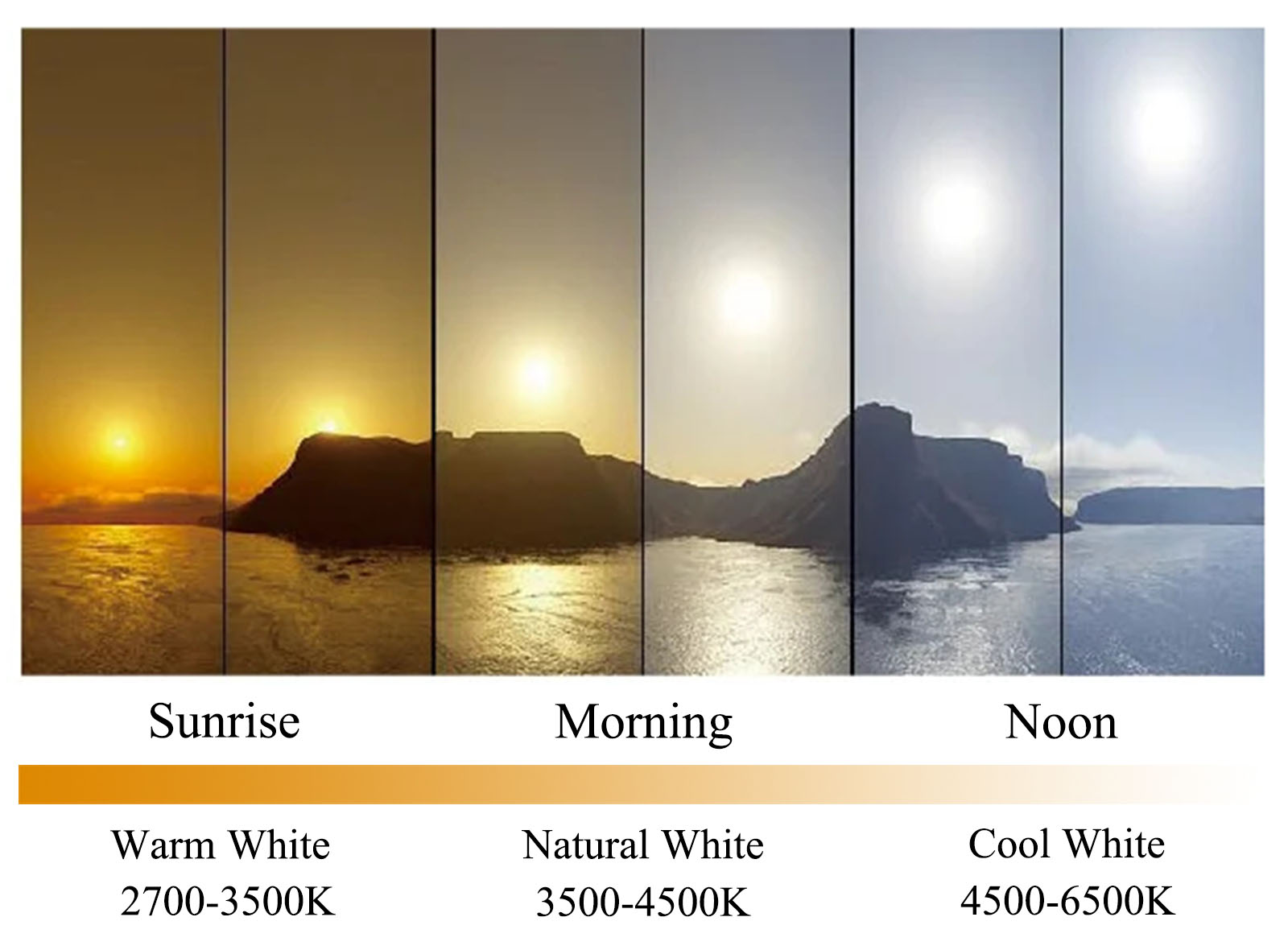
Light Color Temperature
The Three Main Categories of Light Color Temperatures
-
Warm White (Below 3,500K)
- Appearance: Soft, yellowish light, similar to incandescent bulbs.
- Best for: Cozy spaces like living rooms, bedrooms, and restaurants. It creates an inviting and comfortable atmosphere.
- Mood Effect: Warm light is calming and relaxing, perfect for winding down.
-
Natural White (3,500K to 4,500K)
- Appearance: Balanced, neutral light. It’s not too yellow or blue, just clean white light that feels fresh.
- Best for: Kitchens, bathrooms, and offices. It provides clarity and focus without being too harsh.
- Mood Effect: Neutral white light is great for work environments where tasks need to be done with clear visibility.
-
Cool White (Above 4,500K)
- Appearance: Bluish, bright white light, often seen in newer LED bulbs.
- Best for: Areas that need high visibility and attention to detail, like garages, hospitals, and commercial spaces.
- Mood Effect: Cool white light is energizing, which is why it’s often used in workspaces to help increase focus and alertness.
Why Does Color Temperature Matter?
The right color temperature impacts both the aesthetics and function of your space. Warm white light creates a cozy, relaxing environment, while cool white light enhances concentration and focus, making it ideal for workspaces.
Moreover, certain color temperatures can even affect your health. For example, high Kelvin lights, especially in the evening, can disrupt your sleep by interfering with your circadian rhythm. Meanwhile, warmer lights can promote relaxation and help signal to your body that it’s time to wind down.
Tips for Choosing the Right Light Temperature
- For living spaces: Choose warm white light to create a cozy and inviting atmosphere.
- For task-oriented spaces: Neutral or cool white lighting works best in kitchens, bathrooms, and offices for clear visibility.
- For outdoor lighting: If you’re installing lights outside, cool white or daylight bulbs (4,000K to 6,500K) mimic daylight, ensuring safety and good visibility.
Remember, choosing the right light color temperature is about more than just aesthetics—it’s about creating the right environment for the activities you do and supporting your well-being. When in doubt, consider what function the space serves and the feeling you want to create.
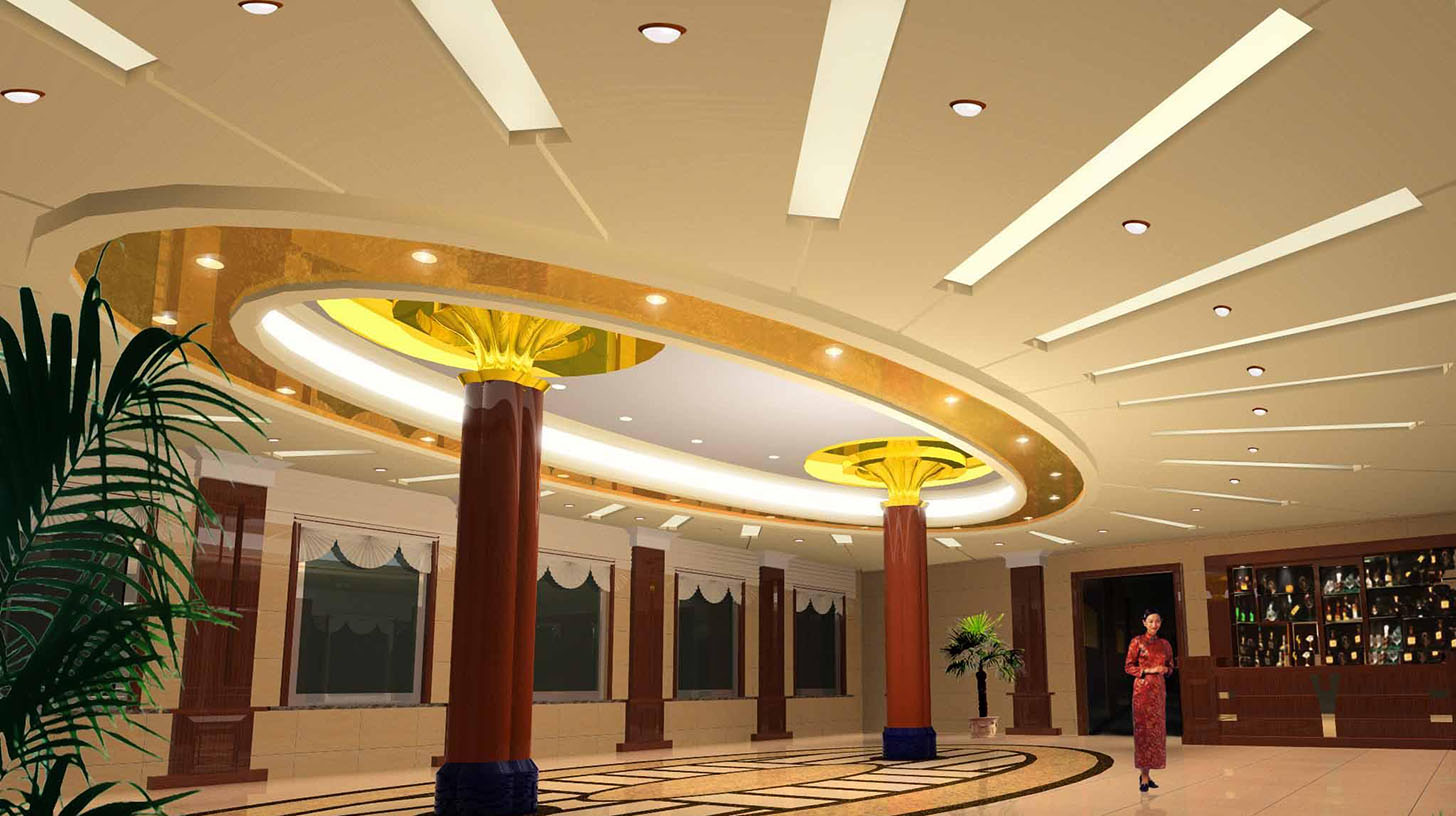
How to Measure Light Color Temperature?
Measuring light color temperature isn’t something you can do with a simple formula. It requires special equipment to analyze the light spectrum. However, there are methods and tools used by professionals to measure color temperature. Let’s explore them.
1. Using a Color Temperature Meter (Photometer)
The most accurate way to measure light color temperature is with a color temperature meter or photometer. These devices capture the light emitted from a source and give a direct reading in Kelvin (K).
Here’s how it works:
- Step 1: Turn on the light source you want to measure.
- Step 2: Point the color temperature meter toward the light.
- Step 3: The meter will display a reading in Kelvin, letting you know whether the light is warm (yellow), neutral (white), or cool (blue).
2. Using the CIE Chromaticity Diagram (Scientific Method)
For a more precise scientific approach, color temperature can be determined using the CIE chromaticity diagram. This method measures the color coordinates of the light source and calculates the corresponding temperature.
- Step 1: Measure the chromaticity coordinates (x, y) of the light source.
- Step 2: Plot the coordinates on the CIE diagram.
- Step 3: The color temperature is determined based on where the light source falls on the diagram relative to the Planckian locus (a curve representing the color temperature of light).
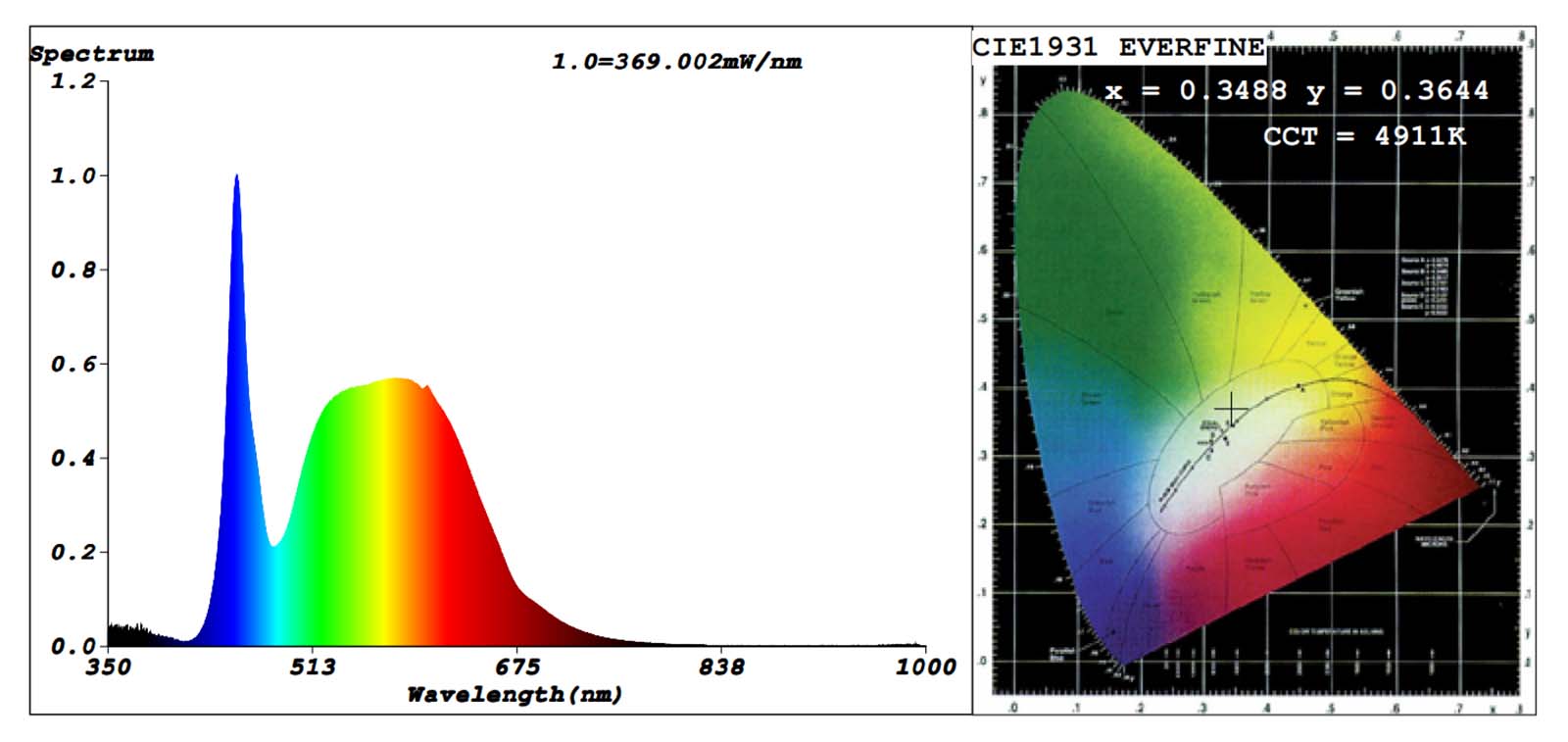
CIE Chromaticity Diagram
This method is more complex and is usually used in scientific settings rather than for everyday use.
What Does Light Color Temperature Mean?
Light color temperature refers to the appearance of light emitted by a source, measured in Kelvin (K). It tells you if the light looks warm (yellowish), neutral (white), or cool (bluish). The higher the Kelvin number, the cooler and bluer the light appears. Conversely, lower Kelvin values give off warmer, more yellow or orange light.
Understanding light color temperature is crucial in setting the right tone in any room. Warm light creates a cozy, inviting atmosphere, while cool light is more energizing and ideal for tasks that require focus.
Why It Matters
The color temperature of light doesn’t just change the look of a room, it also affects how comfortable or productive you feel in that space. Choosing the right temperature helps set the mood for different environments – from relaxing living rooms to bright, focused offices. It’s a small detail that can have a huge impact on how we experience lighting in our daily lives.
Which is brighter, 3000K or 6000K?
Brightness isn’t directly related to color temperature but to wattage and lumens. However, cooler lights (like 6000K) are often perceived as brighter. This is because they have a bluish hue, similar to daylight, which tricks the eye into feeling more illuminated. In contrast, 3000K light is warmer and softer, creating a more relaxed ambiance. While the actual brightness of the light source remains the same, how we perceive it changes based on its color temperature.
What is daylight color temperature?
Daylight color temperature generally refers to the light emitted by the sun around midday, which falls between 5000K and 6500K on the Kelvin scale. This type of light appears neutral white and makes a space feel brighter, sharper, and more energetic. Daylight color temperature is commonly used in areas that require focus and clarity, such as workspaces, kitchens, or offices.
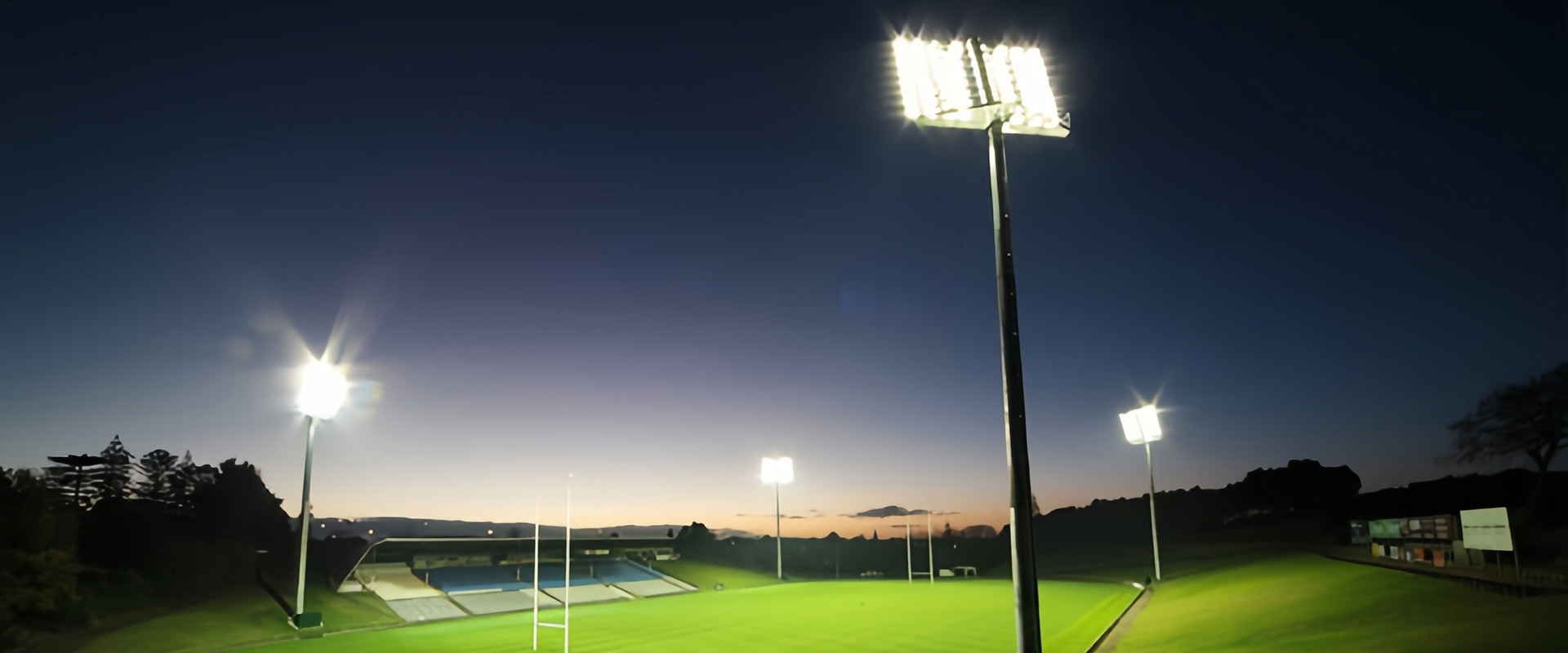
Is daylight 5000K or 6500K?
Daylight spans between 5000K and 6500K. The exact range depends on the type of daylight you’re referring to. 5000K daylight is softer and more natural, similar to the light on a cloudy day. On the other hand, 6500K daylight is cooler and bluer, mimicking the midday sun. Both are bright and clear but differ slightly in warmth and sharpness.
Which color temperature is best for eyes?
For comfort, warm white light (around 3000K to 4000K) is usually easier on the eyes, especially for general indoor lighting. These colors are soft and don’t strain your eyes as much. Cool white or daylight lighting (above 5000K) can cause more eye strain over time, especially if you’re exposed to it for long periods, such as in office settings.
What LED light is closest to natural light?
LED lights between 5000K and 6500K are closest to natural daylight. These are often labeled as “daylight” LEDs and are great for areas that need clear, bright light like kitchens, reading rooms, or workshops. This range mimics the daylight spectrum, which can help keep you focused and alert, providing a natural lighting experience indoors.
Is 6500K too blue?
While 6500K is commonly referred to as “daylight,” it can be too blue for some spaces. This light mimics the midday sun and can improve focus, but it might feel too harsh for environments like living rooms or bedrooms. For a warmer, more comfortable atmosphere, lower color temperatures (such as 3000K or 4000K) are a better choice. However, for workspaces or areas requiring detail-oriented tasks, 6500K can be beneficial.
Which is better, warm white or daylight?
Choosing between warm white and daylight color temperature depends on the environment and your personal preferences. Warm white light (3000K) creates a cozy, inviting atmosphere, ideal for bedrooms, living rooms, and restaurants. Daylight (5000K-6500K), on the other hand, is perfect for kitchens, offices, or workspaces where bright, clear lighting is needed. Daylight is especially useful for detailed tasks, such as reading or crafting. If you want a balance of energy and comfort, a versatile 4000K option could be your best bet.

Conclusion
Understanding light color temperature is essential for creating the right atmosphere in any space. Whether you choose warm, neutral, or daylight lighting, the color temperature you pick can impact comfort, productivity, and overall ambiance. By considering the needs of your space and your preferences, you can make the right choice to optimize your lighting setup.
Request A Free Quote Now!
Send us a message if you have any questions or request a quote. We will get back to you ASAP!



